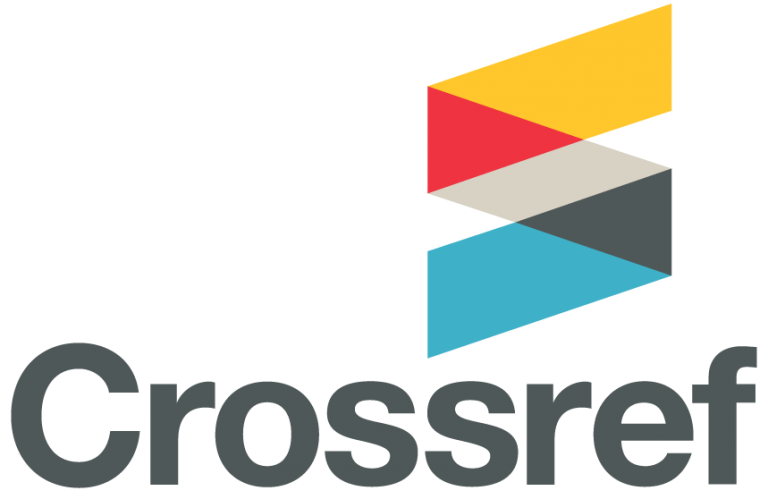From Circe’s Island to Hade’s underworld
DOI:
https://doi.org/10.14393/LL63-v39-2023-30Keywords:
Circe, Witch, Odyssey, Hero’s journey, Hades’ underworldAbstract
This essay approaches the witch Circe, as per her myth in Homer’s Odyssey and in the novel Circe by Madeline Miller (2019). According to the male voice in Homer’s chants and the main character’s own voice in the novel, we follow Circe in the hero Ulysses’ journey back to Ithaca, after the long and painful war between Achaeans and Trojans. From Gregory Nagy’s perspective of translation from Classic Greek to English, as posited in his lectures for the course “Ancient Greek Heroes” (2023) at Harvard University, we delve into the symbolism of the name Circe. We point to this symbolism when Ulysses goes to Hades’ underworld, passing by Circe’s Island, which entails the returning from darkness and death to light and life. Such a journey of the hero’s soul, symbolically from Circe’s Island to Hades’ underworld, teaches something about the witch exiled from Olympus.Downloads
References
CAMPBELL, Joseph. As transformações do mito através do tempo. Trad. Heloysa de Lima Dantas. São Paulo: Cultrix, 2015.
HOMERO. Odisseia. Trad. Jaime Bruna. São Paulo: Cultrix, 2013.
KAVAFIS, K. Ítaca. Trad. Haroldo de Campos In: KAVÁFIS, Konstantinos. Cadernos Ítacas. Belo Horizonte: FALE-UFMG, 2009. Disponível em: https://labed-letras-ufmg.com.br/wp-content/uploads/2020/12/itacas-site.pdf. Acesso em: 18. jan. 2024.
MILLER Madeline. Circe: feiticeira, bruxa, entre o castigo dos deuses e o amor dos homens. São Paulo: Planeta Minotauro, 2019.
NAGY, Gregory. The ancient Greek hero in 24 hours. Cambridge, Massachusetts: The Belknap Press of Harvard University Press, 2013.
Downloads
Published
How to Cite
Issue
Section
Categories
License
Copyright (c) 2024 Roseli Hirasike, Vera Bastazin (Autor)

This work is licensed under a Creative Commons Attribution-NonCommercial-NoDerivatives 4.0 International License.
The authors retain author's rights but grant the journal the right of firsth publication. The works are licensed under Creative Commons Attribution License, which allows sharing provided that the authors and this journal are properly ackonwledged.













